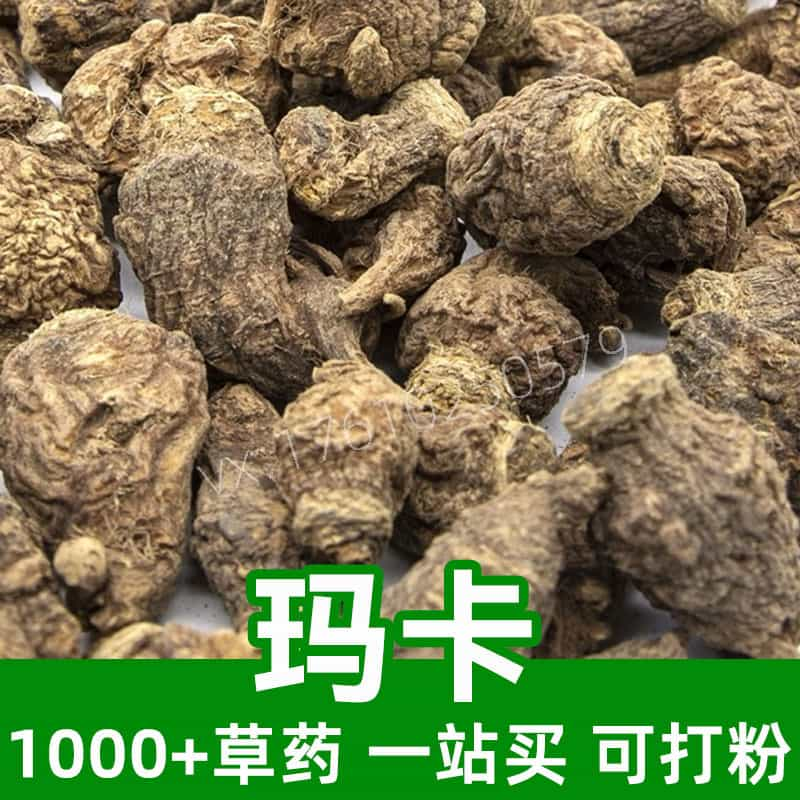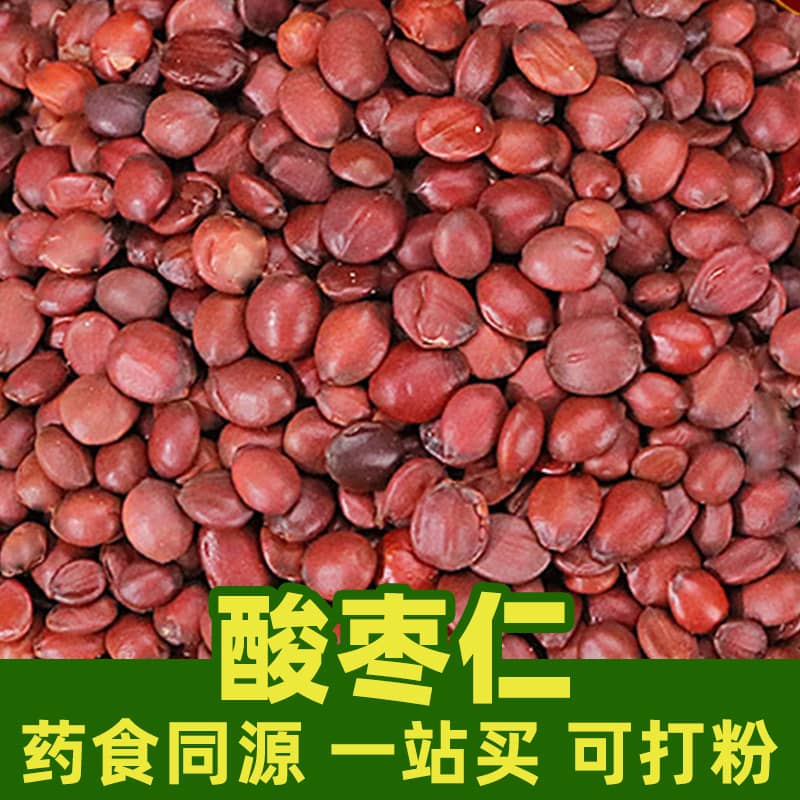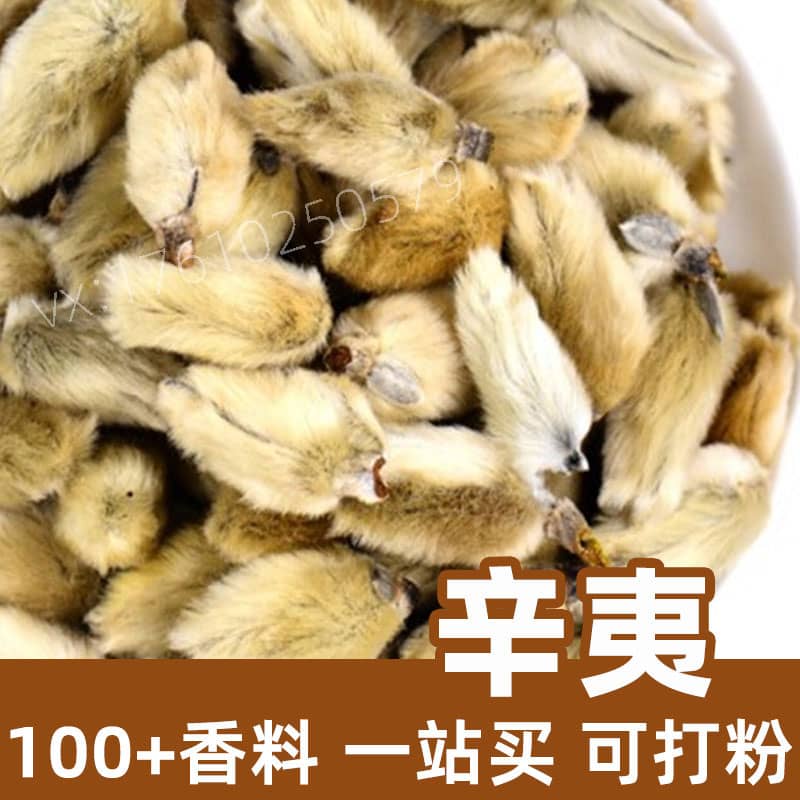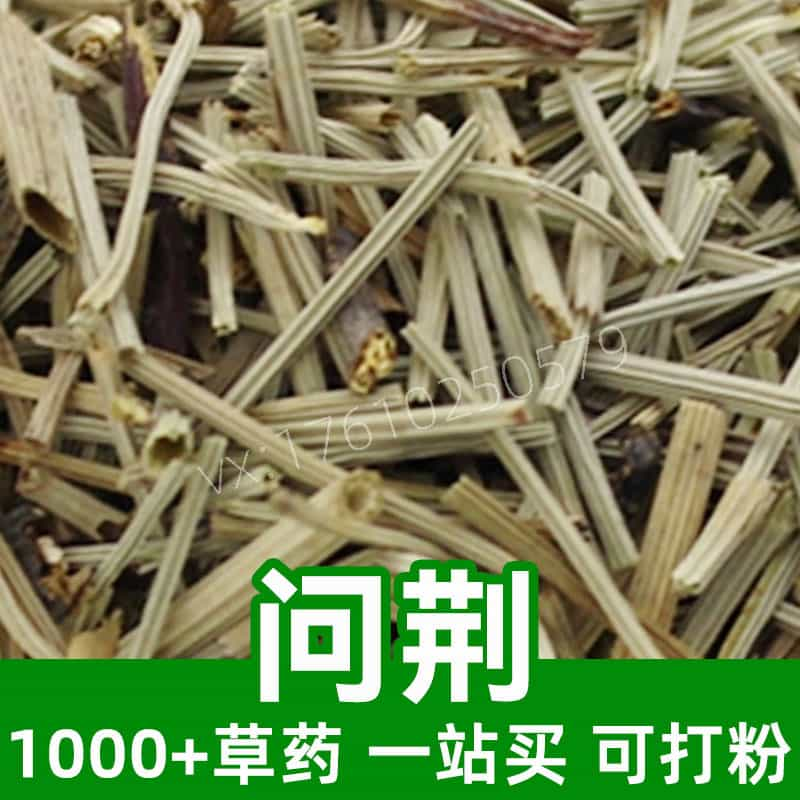Product Introduction
Stinky sycamore, scientifically known as Liquidambar formosana, is a deciduous tree revered in traditional Chinese herbal medicine. Known for its distinctive resin and strong aroma, stinky sycamore is native to tropical and subtropical regions, particularly in southern China. This herb showcases a striking presence with its star-shaped green leaves and uniquely fragrant sap, which is often harvested for use in herbal formulations and incense.
In traditional Chinese practices, stinky sycamore is valued not only for its aromatic qualities but also for its potential in various health applications. The tree's resin is commonly used in cultural rituals and spiritual practices, reflecting the deep-rooted traditions surrounding its natural properties. Furthermore, the tree’s parts can contribute to preparations aimed at promoting wellness, aligning with the principles of holistic health present in Traditional Chinese Medicine (TCM).
Stinky sycamore has gained attention for its unique flavor profile, which can enhance culinary creations, particularly in dishes that require an aromatic touch. However, the use of this herb extends far beyond the culinary world; its significance in herbal medicine underscores its enduring role in ancient wisdom and modern applications.
Main Active Ingredients
Stinky sycamore’s primary active ingredients include essential oils, flavonoids, and phenolic compounds, each contributing to the herb's unique aroma and potential benefits. The essential oils extracted from the resin contain key terpenoids, which may have various effects on the body. Among these, compounds such as alpha-pinene, beta-caryophyllene, and limonene have been identified, commonly associated with anti-inflammatory and aromatic properties.
The resin is rich in tannins and flavonoids, which have notable antioxidant properties. These compounds help neutralize free radicals, contributing to overall health and vitality. The distinct blend of these chemical components results in a fragrant profile that can influence mood and well-being, making stinky sycamore an important commodity in TCM.
Historically, extracts of stinky sycamore have been utilized not just for their aroma but also for their potential effects on respiratory health and their role as a natural incense. In various formulations, the herb is believed to complement other herbs, enhancing their efficacy while contributing its unique aromatic layer. The versatility of stinky sycamore’s active ingredients reflects its significance in both traditional applications and contemporary understanding.
Product Application Scenarios, Usage, and Dosage
In traditional Chinese medicine, stinky sycamore is primarily utilized for its aromatic qualities and its applications in enhancing respiratory function. It is often prescribed in herbal formulations, particularly in conjunction with other herbs to create a balanced effect. Due to its strong aroma, the resin is frequently used in incense stick production, valued for its calming, meditative qualities when burned.
When it comes to dosage, the resin can be utilized in small amounts, typically measured in grams for herbal formulations. A common practice involves combining the stinky sycamore resin with other herbs, allowing for synergistic effects. One typical application might be to incorporate about 1-2 grams of the resin into herbal decoctions, in combination with other complementary herbs focused on lung health.
For culinary use, stinky sycamore may be utilized sparingly, as its potent flavor can overwhelm other ingredients. Chefs interested in infusing aromatic qualities into their dishes might use the resin in small quantities, encouraging experimentation while respecting the traditional applications of the herb.
Overall, though stinky sycamore holds cultural significance in many applications, it is essential to consider personal response, starting with lower dosages and consulting practitioners familiar with its traditional use for best results.
Introduction to the Source Plant, Distribution, and Growth Environment
The stinky sycamore, known scientifically as Liquidambar formosana, is a deciduous tree that thrives in the subtropical and tropical regions of Asia, particularly within the rich biodiversity of southern China and Taiwan. Typically reaching heights of 30-40 meters, the stinky sycamore is characterized by its straight trunk, broad canopy, and star-shaped leaves, which change colors with the seasons, showcasing vivid shades of red and yellow in autumn.
This tree species thrives in a variety of environments, preferring well-drained, moist soils, often found along riverbanks and in forested areas. Stinky sycamore can grow in a range of altitudes, with notable populations seen in hilly terrains and mountainous regions, demonstrating its adaptability to diverse climatic conditions. The native habitat of stinky sycamore influences its chemical composition and aromatic qualities, which vary with the environmental conditions.
In traditional ecological knowledge, the stinky sycamore tree is an integral part of the local ecosystem, supporting various species of insects and birds. Due to its historical significance and commercial value, efforts have been made to cultivate these trees sustainably, ensuring a steady supply of resin for traditional and modern applications. Therefore, understanding the growth environment and distribution of stinky sycamore contributes to promoting its conservation and responsible utilization.
Harvesting, Processing, and Storage
The harvesting of stinky sycamore resin is a careful process that requires traditional knowledge and respect for the tree. Resin is typically collected during the warmer months when the tree is in an active growth phase, allowing for the best quality of sap flow. Harvesters make vertical incisions into the bark, encouraging the resin to seep out, which is collected over time. This method is often repeated, ensuring the tree is not unduly harmed, preserving it for future harvests.
Once collected, stinky sycamore resin undergoes a brief processing phase where impurities such as bark or dirt are carefully removed. The resin then may be dried in natural sunlight to enhance its aromatic properties, a method that also contributes to its shelf life. Careful monitoring during the drying process ensures that the resin retains its potency and aromatic profile, crucial to its applications in herbal medicine and incense production.
For storage, it is vital to keep the resin in airtight containers to prevent moisture absorption and degradation of its quality. Ideal storage conditions include cool, dry, and dark environments, away from direct sunlight, minimizing exposure to heat that could affect its chemical stability. When stored correctly, stinky sycamore resin can maintain its integrity for years, ensuring that its traditional applications remain viable.
In summary, the sustainable harvesting, meticulous processing, and appropriate storage of stinky sycamore is essential to preserving this valuable natural resource. Adhering to these practices not only sustains the tree population but also honors the heritage and knowledge associated with this remarkable herb.
Monica Sun is a seasoned expert in the natural raw materials industry, with over a decade of experience specializing in traditional Chinese medicinal herbs, spices, and fungi. She is skilled in the sourcing, processing, and application of these materials, emphasizing sustainability and innovation. Monica Sun has contributed to the development of high-quality natural raw materials that serve as essential components in functional foods, pharmaceuticals, and cosmetics, delivering tailored solutions to meet diverse market needs.















